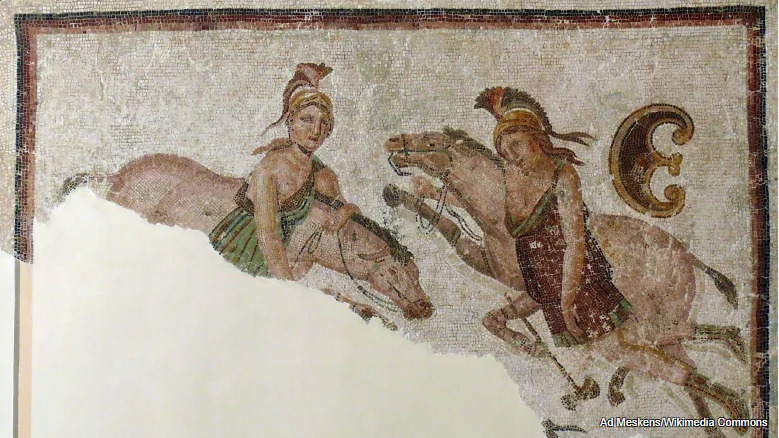Social Status and Motivations
Social Status
The social status of female gladiators was likely varied, reflecting the diverse backgrounds from which they came. Most gladiators, male or female, were slaves, prisoners of war, or condemned criminals. However, there is evidence suggesting that some women voluntarily chose to become gladiators. These women might have been from lower social classes, seeking a way to earn money, achieve fame, or improve their social standing. The arena offered a rare opportunity for visibility and social mobility in a highly stratified society, albeit at great personal risk.
Women who entered the arena broke with conventional roles expected of them — primarily those of wives, mothers, and domestic caretakers. Choosing the life of a gladiator placed them in a unique social category, often at odds with traditional Roman values that emphasized female modesty and domesticity.
Motivations
Understanding why women chose to become gladiators involves speculation, given the limited historical records, but several motivations can be considered:
- Financial Incentive: Gladiatorial games could be lucrative. Successful gladiators were well-compensated and often received gifts from patrons and admirers.
- Search for Glory and Fame: Just as with male gladiators, the allure of public acclaim and the fame that could come from triumphing in such spectacles might have motivated some women.
- Personal Freedom: For slaves, successful careers in the arena could lead to emancipation. The notion of earning one's freedom through bravery in combat was a powerful motivator.
- Thrill and Adventure: The thrill of combat and the break from societal norms could also attract women to the life of a gladiator.
- Coercion: Some women, particularly slaves, might not have had a choice in becoming gladiators.
Public Perception
The public perception of female gladiators was likely mixed and could vary widely based on the prevailing attitudes of the time and the context of their appearances in the arena. They were anomalous figures, challenging the gender norms and expectations of Roman culture. As such, they could be seen as both objects of fascination and subjects of scorn.
Literary sources such as Juvenal’s satires illustrate negative views, portraying female gladiators as embodiments of moral decay and social inversion. However, the very existence of such criticisms highlights the impact that these women had on public consciousness and the cultural anxieties they provoked.
Cultural Significance
Female gladiators stood at a complex intersection of entertainment, gender dynamics, and class issues. They both reinforced and subverted the traditional values of Roman society, serving as examples of what women could achieve outside of prescribed roles while also reinforcing the brutal entertainment culture that pervaded Roman life.
Their motivations and the societal reactions to them provide valuable insights into ancient Rome's social structures and cultural values, revealing a society that was both rigidly structured and capable of remarkable exceptions to its own rules.
